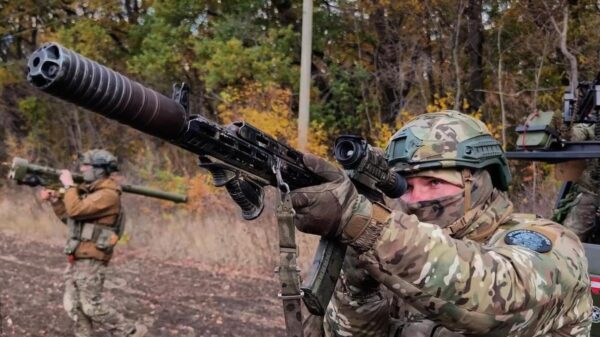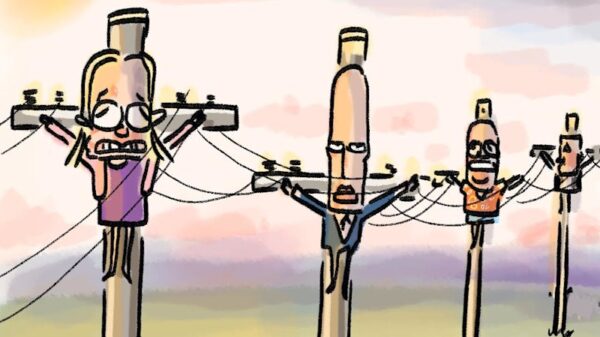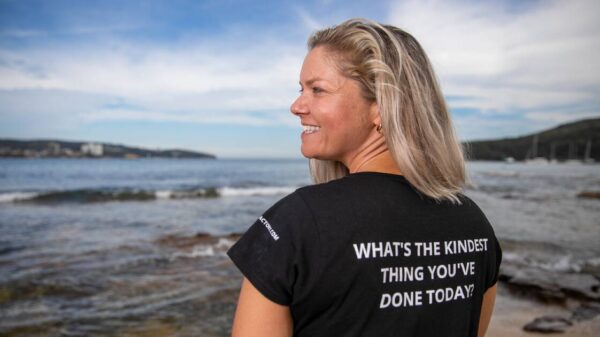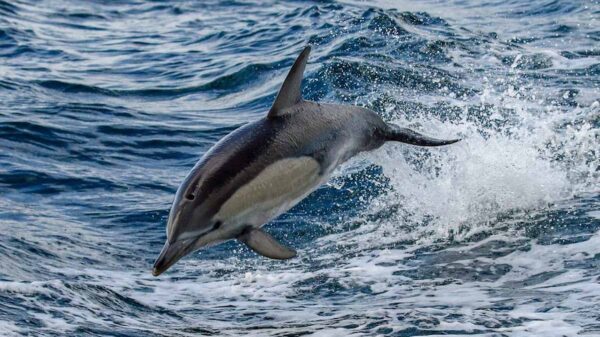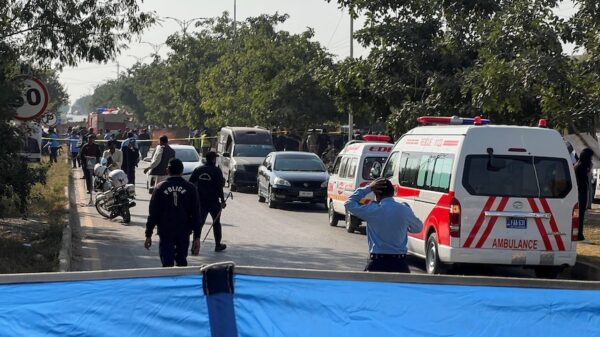A research initiative involving the University of Kentucky’s Martin-Gatton College of Agriculture, Food and Environment (CAFE) and the Kentucky Department of Fish & Wildlife Resources (KDFWR) is underway to study deer populations in Western Kentucky. The project aims to understand movement patterns of deer and how they may contribute to the spread of Chronic Wasting Disease (CWD), a fatal neurological illness affecting deer and other cervids.
CWD has no known cure, and infected deer can transmit the disease for years before showing symptoms. These symptoms include weight loss, behavioral changes, and confusion. As of October 29, KDFWR has confirmed two cases of CWD in wild deer in Kentucky, including one during the 2025 hunting season.
Tracking Deer Movement
The researchers are utilizing GPS collars to monitor the movements of captured deer, allowing them to gather valuable data on dispersal patterns. The study involves capturing 120 deer over two years, using methods such as helicopter net-gunning and drop nets.
John Cox, Ph.D., a professor of wildlife and conservation biology, and Matthew Springer, Ph.D., an associate extension professor of wildlife management, are leading the project. Supported by a grant of $226,000 from KDFWR, they aim to develop effective surveillance protocols and management strategies. Springer emphasized the importance of this research, stating, “We’re working to come up with surveillance protocols and management strategies to help preserve the resource that white-tailed deer are in our state, as well as the potential for public health knowledge.”
Haley Taylor, a graduate student in the Department of Forestry and Natural Resources, described the process of capturing deer as requiring patience and strategy. “Sometimes you get something, sometimes you don’t,” she noted. Taylor, who is working on her master’s thesis through this project, has gained hands-on experience in various parts of the state.
The team conducted a multiday operation in February, where they used a helicopter to locate deer in forested areas. Once the helicopter spotted a deer, researchers deployed a “rocket” net to capture it. For drop net captures, a net is set up in a chosen location and triggered when deer move underneath it.
After capture, researchers follow a strict immobilization protocol, which includes checking the deer’s vitals and taking blood samples. They then fit the deer with a collar and release it back into its habitat with minimal disruption.
Preparing Future Wildlife Professionals
This collaborative effort not only assists in CWD management but also provides valuable training for students at the University of Kentucky. Through their involvement in this project, students gain practical experience that complements their academic studies.
Joe McDermott, the deer program coordinator for KDFWR and a UK alumnus, highlighted the significance of this partnership, which offers students opportunities to engage with professional biologists. “Actually seeing it in practice done by the state agency that’s in charge of managing this resource is something that’s really hard to emulate in a classroom,” he stated.
Taylor expressed confidence in her preparedness for future challenges, crediting the project for equipping her with essential skills. “I feel extremely prepared,” she said.
The CWD tracking project is expected to continue through at least 2027, contributing to efforts in understanding and managing this serious disease. For further information on Chronic Wasting Disease resources from UK and KDFWR, visit their official website.

